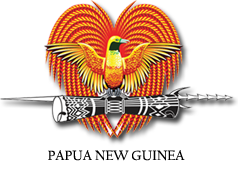How can linguistics contribute to our…
How can linguistics contribute to our knowledge about human dispersals in the distant past? We will consider the case of New Guinea and surrounding islands, one of the most linguistically diverse areas of the world. This study is a follow-up on the Eurocores OMLL project Pioneers of Island Melanesia, reported in Dunn et al. (2005).
A possible scenario would assume at least two major migration (Summerhayes 2007, see above) waves through Wallacea into Sahul, perhaps the oldest one, ~40,000 BP, following the northern route (Sulawesi, Halmahera, Bird’s Head and further to the east along the north coast), the ancestors of non-TNG, and a second one, ~20,000 BP, through the Lesser Sundas directly onto present-day north Australia and Aru island, with a northward trek into the Highlands, the ancestors of TNG. This scenario would have the TAP and, possibly, the South Papuan families as stay-behind descendants of the TNG precursors.
| Field | Value |
|---|---|
| Publisher | PNG Department of Education |
| Modified | |
| Release Date | |
| Identifier | 673f9ea8-8704-4482-a7c5-4466b78c6169 |
| Spatial / Geographical Coverage Location | Papua New Guinea |
| Relevant Countries | Papua New Guinea |
| License |
SPREP Public Licence
![[Open Data]](https://assets.okfn.org/images/ok_buttons/od_80x15_blue.png)
|
